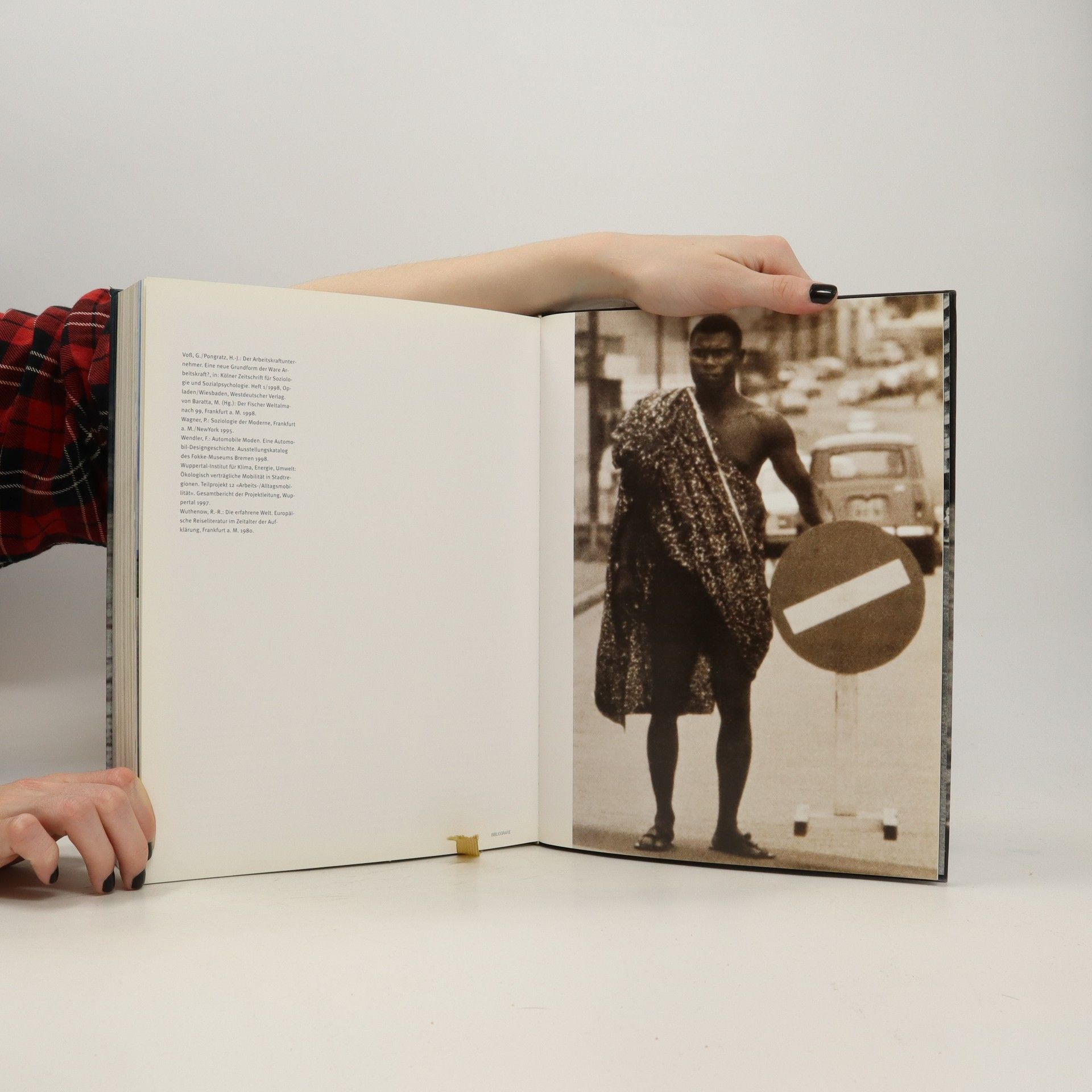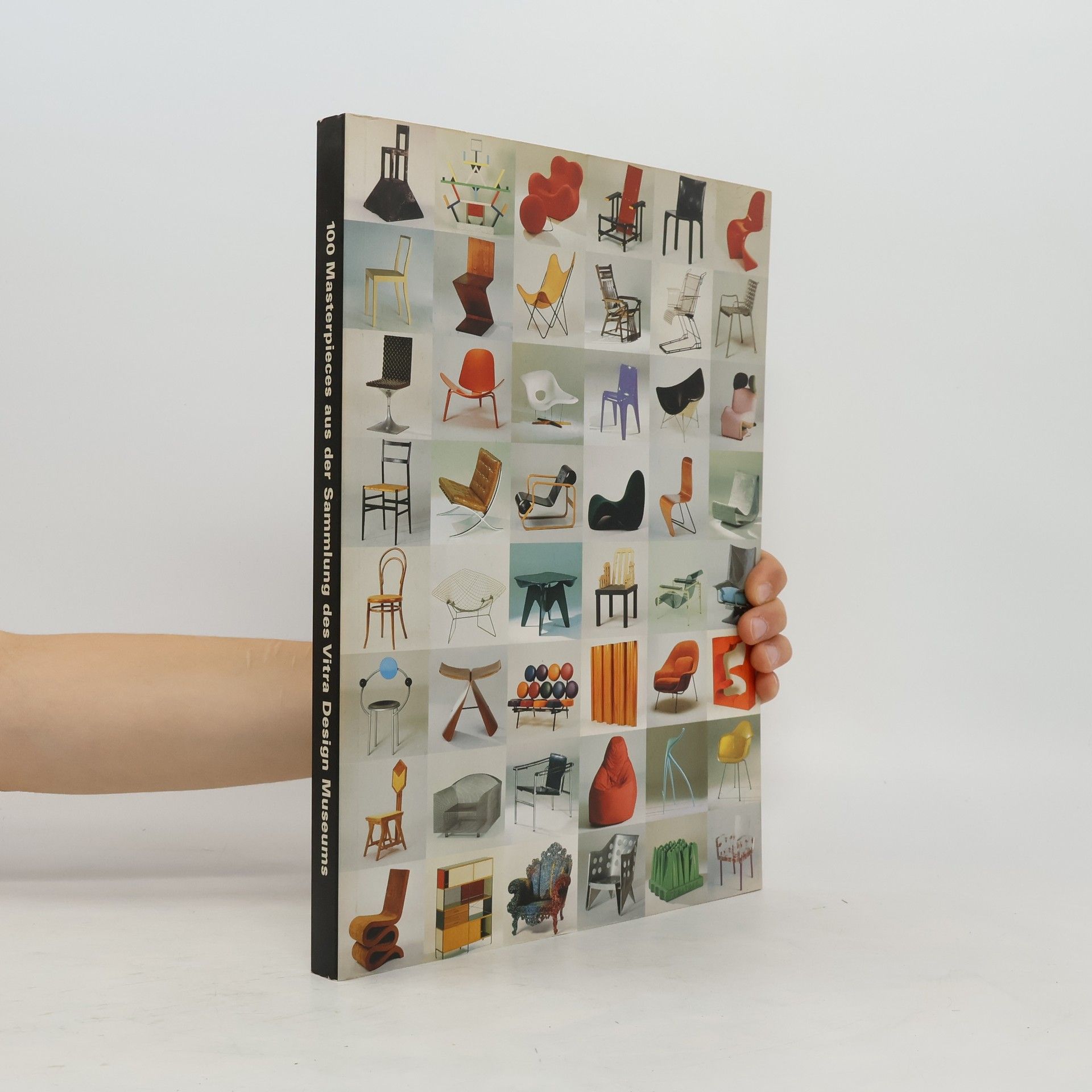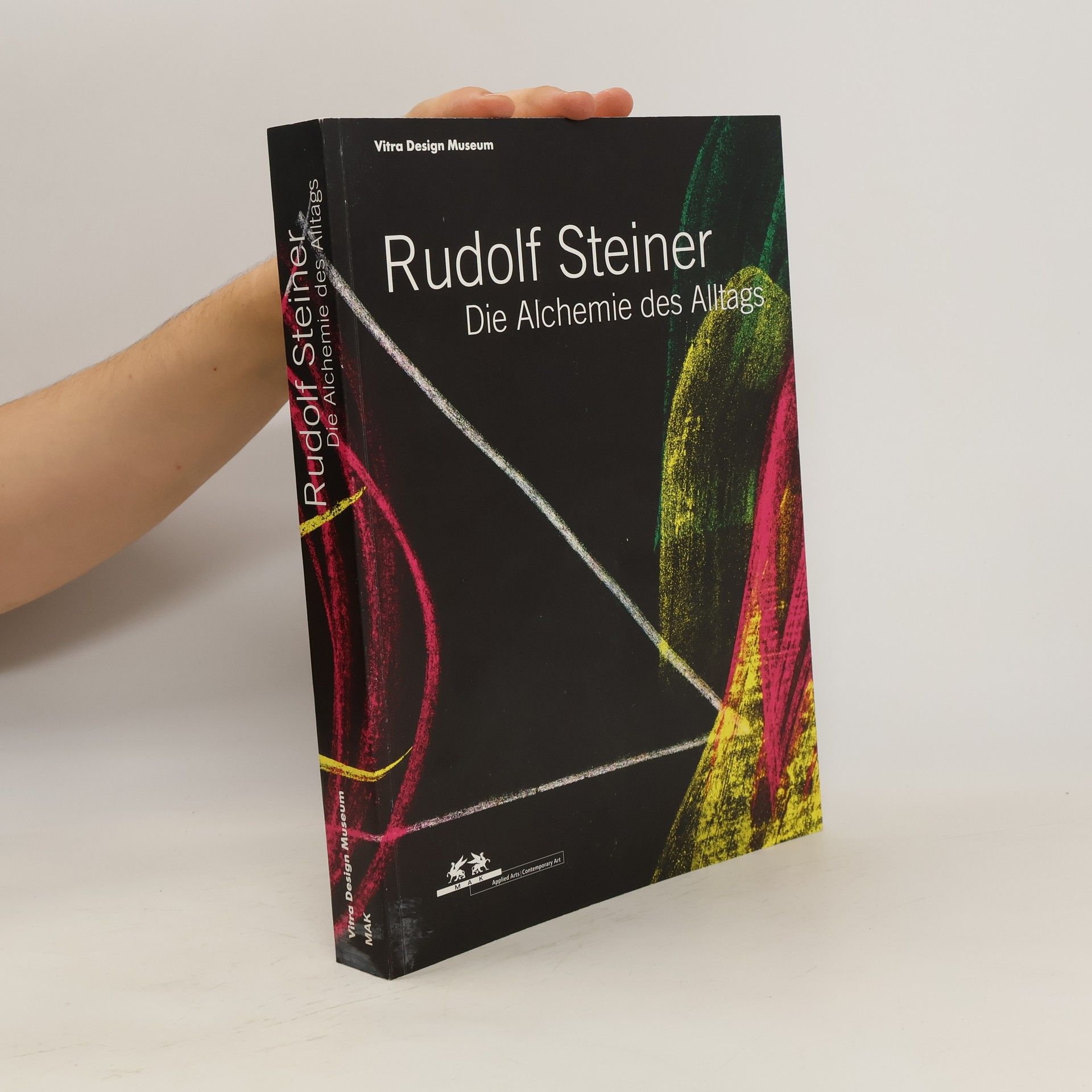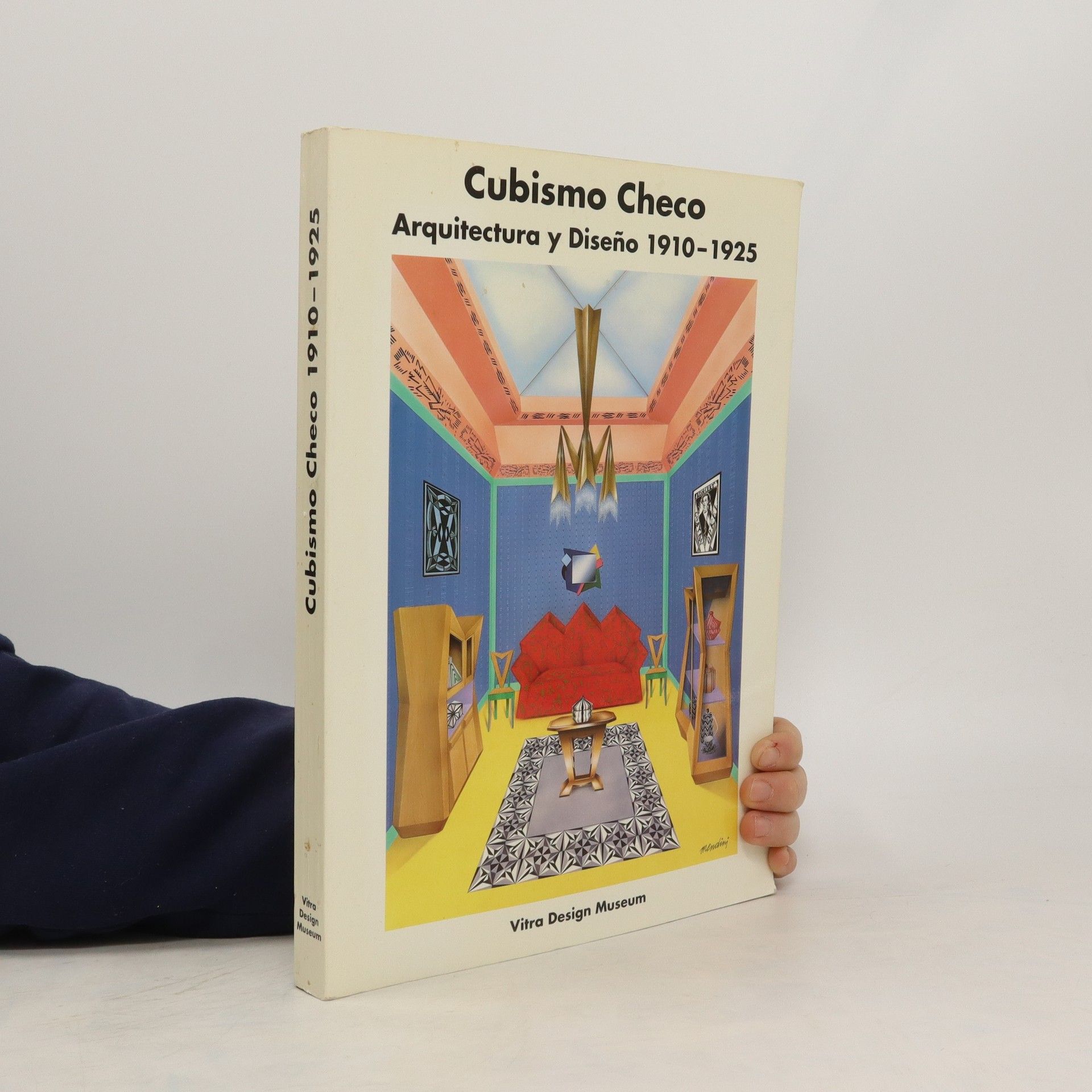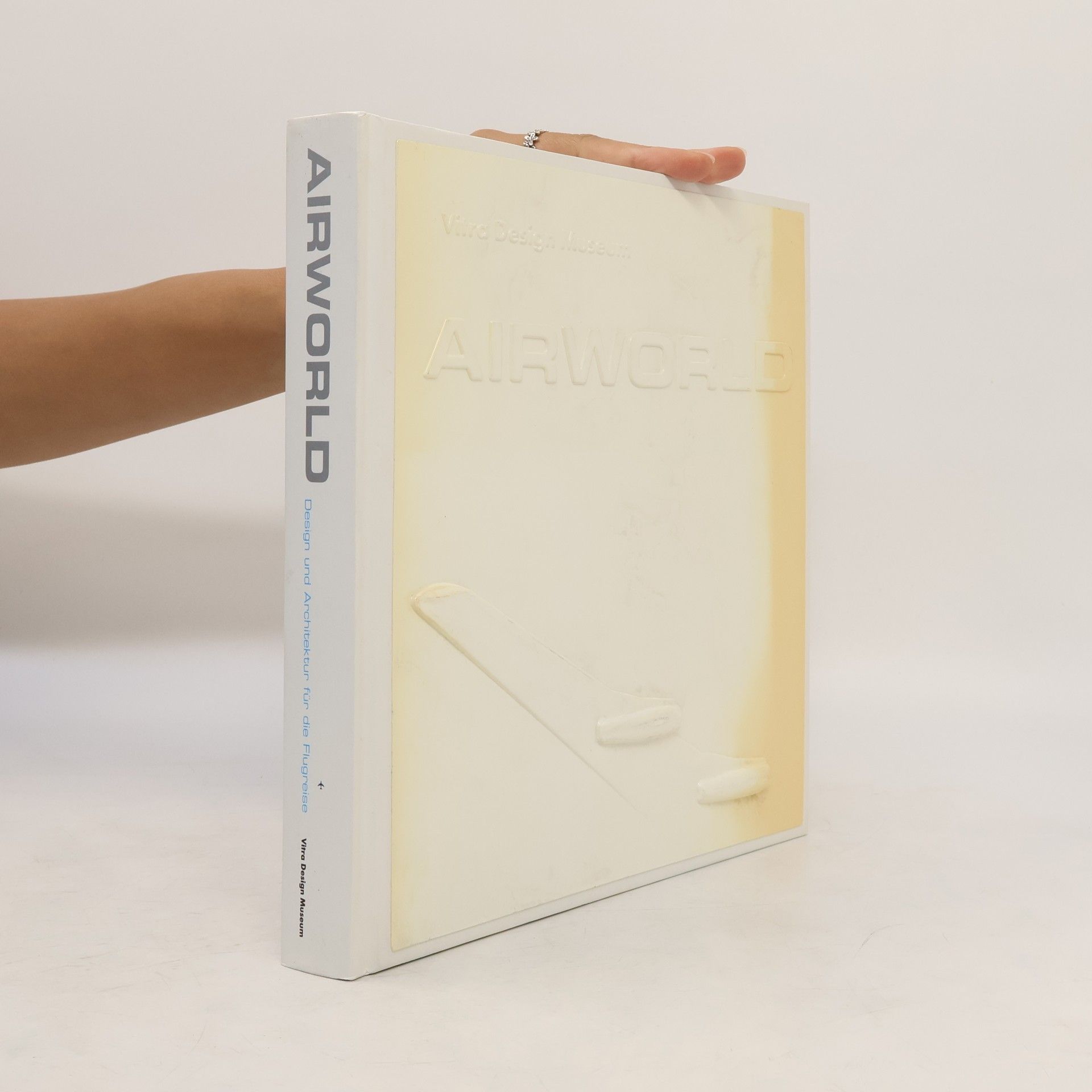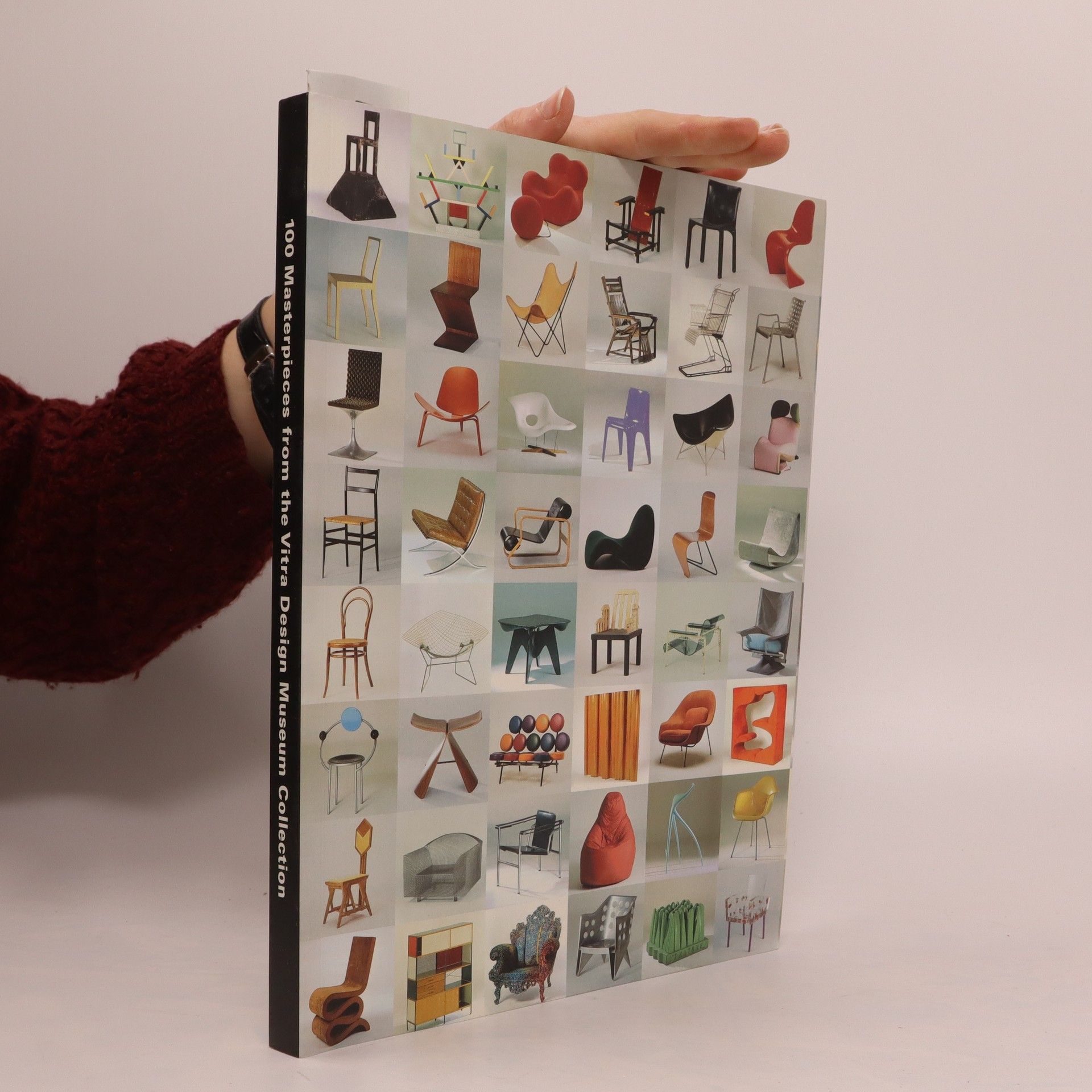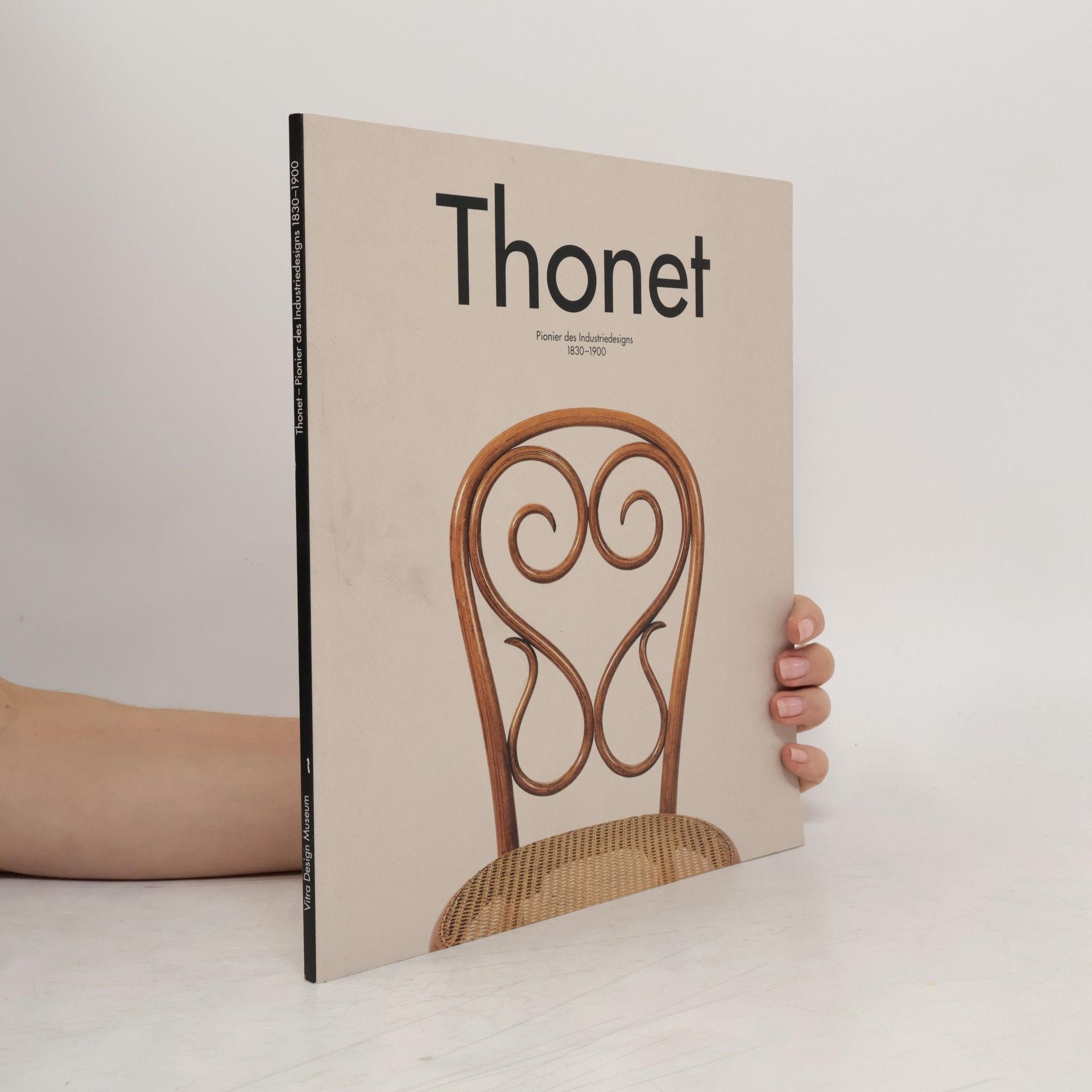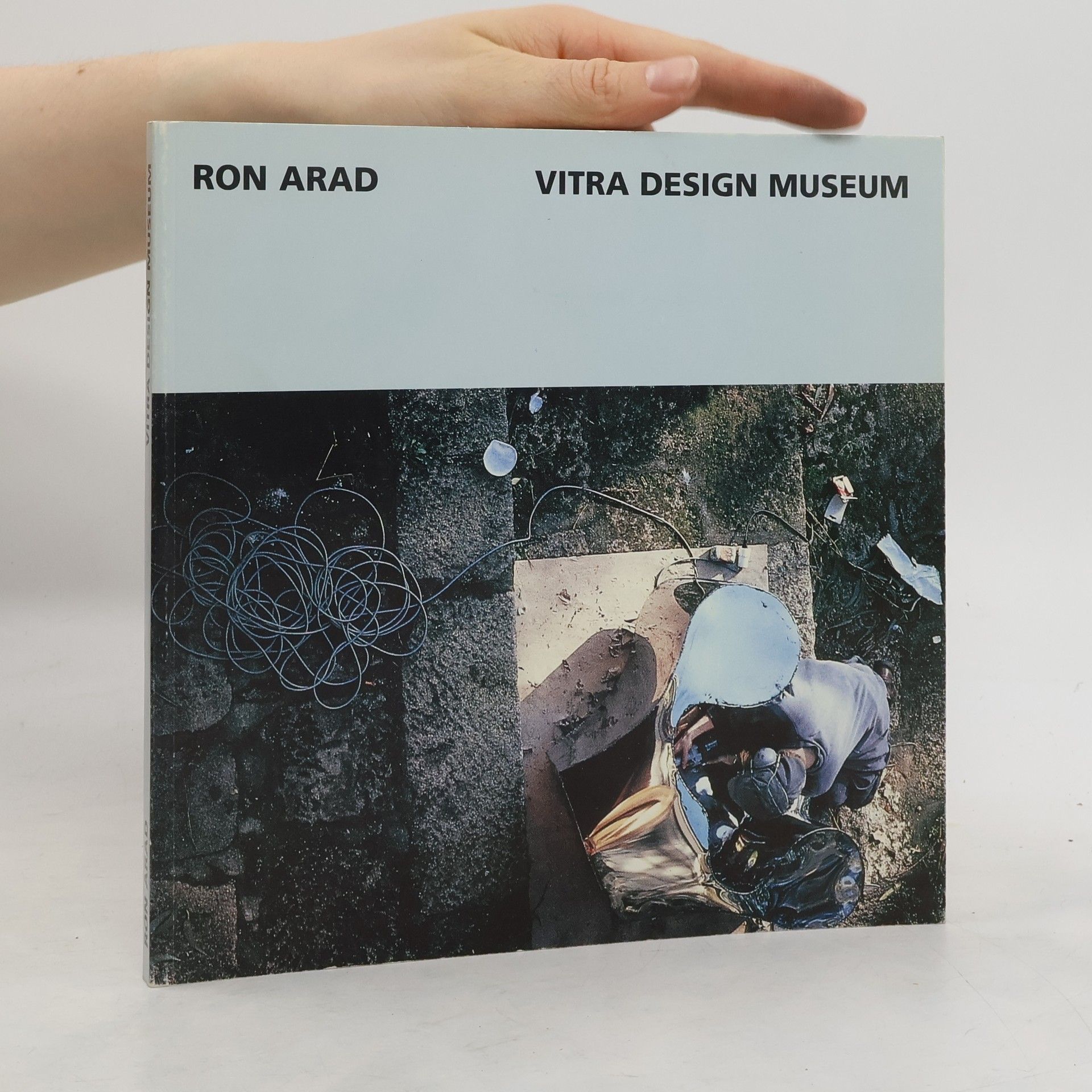100 masterpieces from the Vitra Design Museum collection
- 272 stránok
- 10 hodin čítania
The collection of the Vitra Design Museum in Weil am Rhein, Germany, comprises numerous objects and is one of the most significant of its kind. Grouped according to the main themes of technology, construction, reduction, organic design, decoration and furniture programs, the most important collection items--spanning 150 years of furniture design--are presented in this volume in great chairs and armchairs, chaise longues and stools, tables and desks, landscaped interiors and shelves. Copies of the original documents and detailed texts reveal the special features of each design. 100 Masterpieces from the Vitra Design Museum Collection contains a comprehensive bibliography and biographies of the designers, whoinclude Karl Friedrich Schinkel, Marcel Breuer, Eero Saarinen, Charles and Ray Eames, Frank Gehry, Alberto Meda, Philippe Starck, Richard Sapper, Josef Hoffmann, Eileen Gray, Pierre Chareau, Le Corbusier, Jean Prouvé, Gerrit Rietveld, André Bloc, Willy Guhl, Harry Bertoia, George Nelson, Poul Kjaerholm, Mies van der Rohe, Arne Jacobsen, Gio Ponti, Ron Arad, Alvar Aalto, Isamu Noguchi, Carlo Mollino, Sori Yanagi, Verner Panton, Frank Lloyd Wright, Ettore Sottsass, Robert Venturi, Andrea Branzi and many others.
